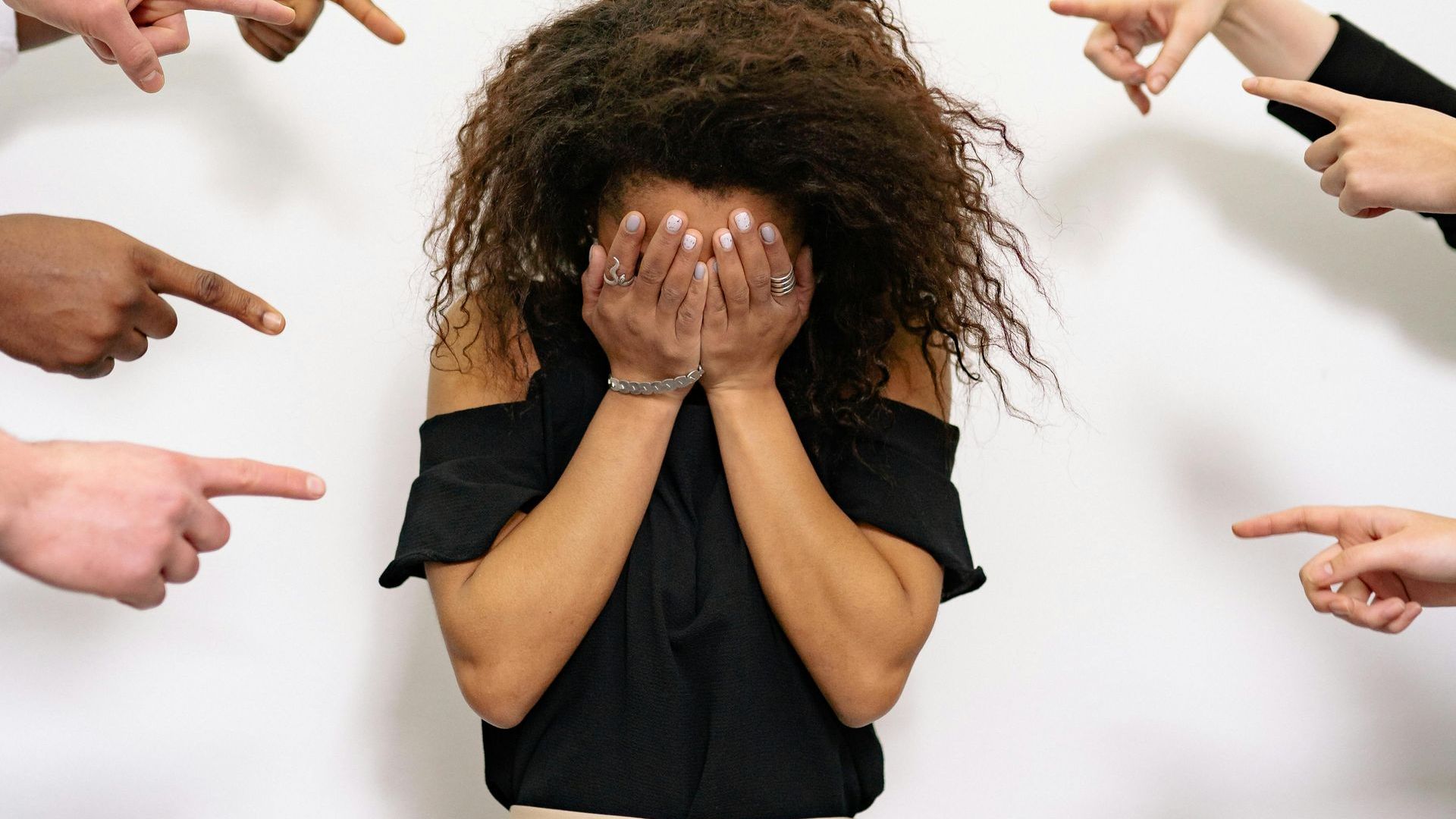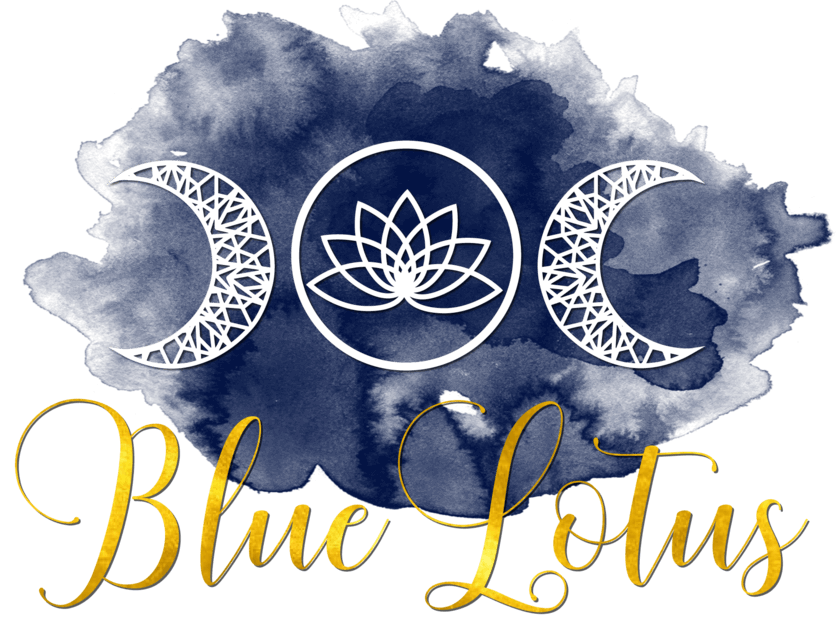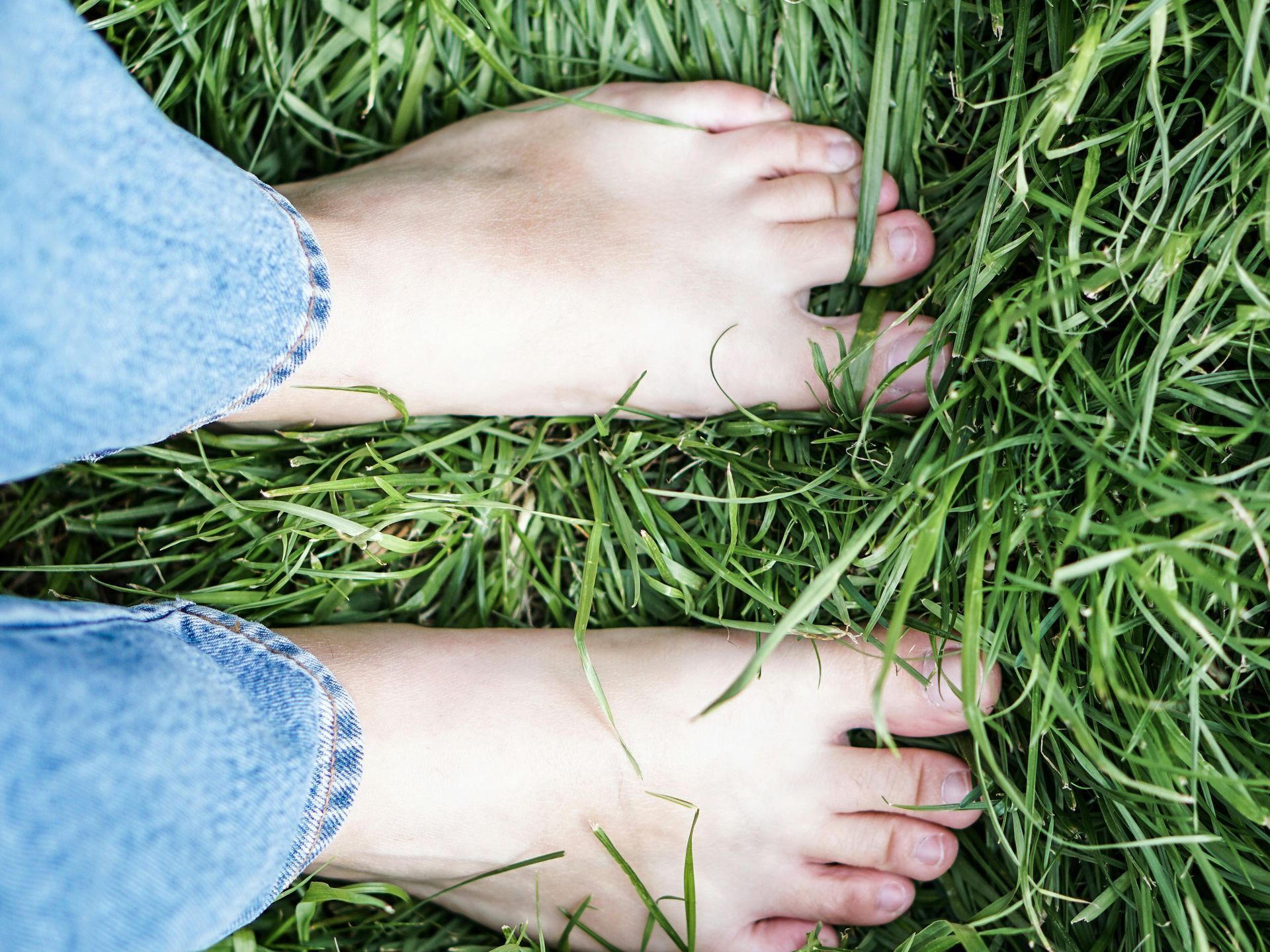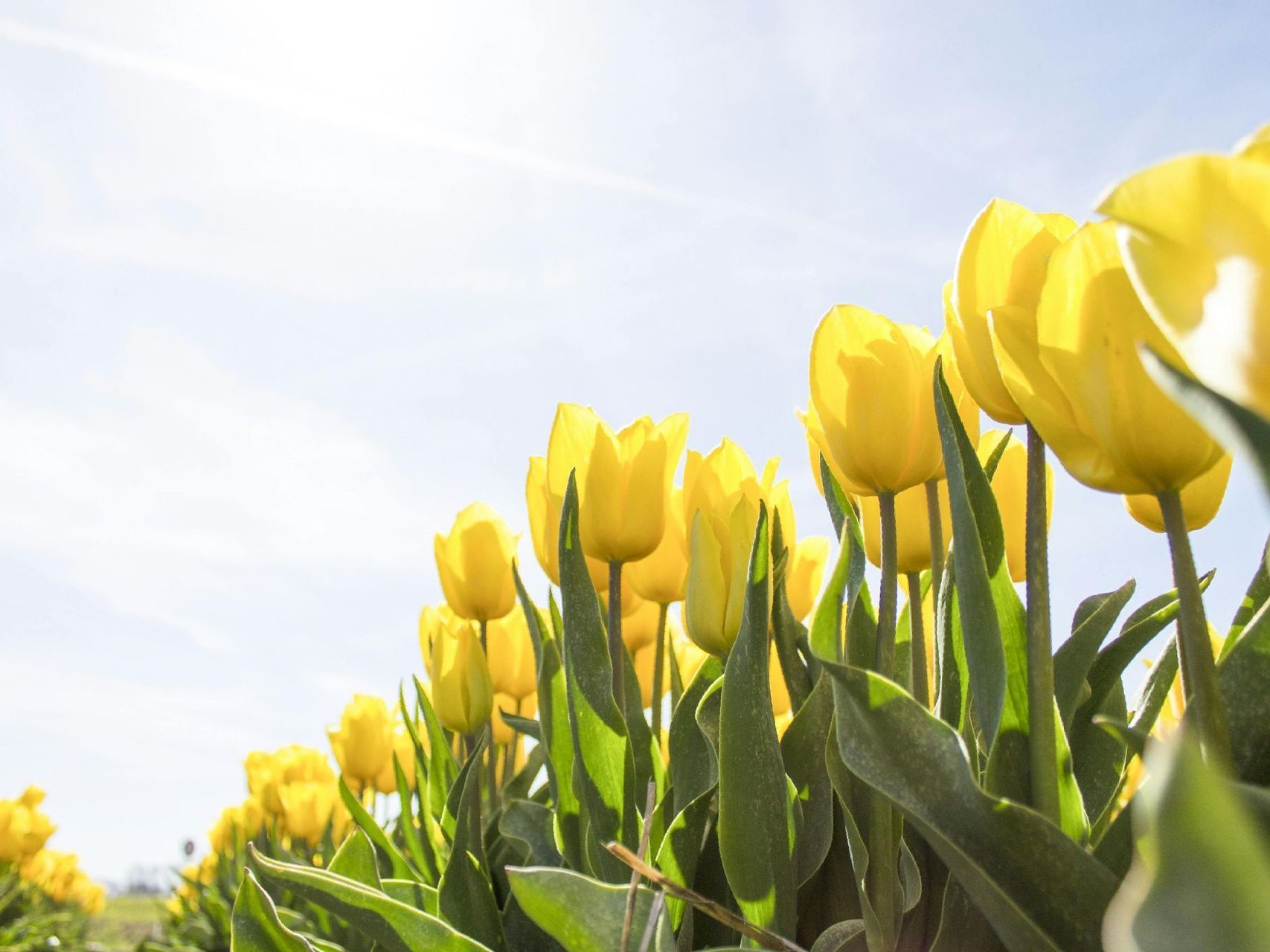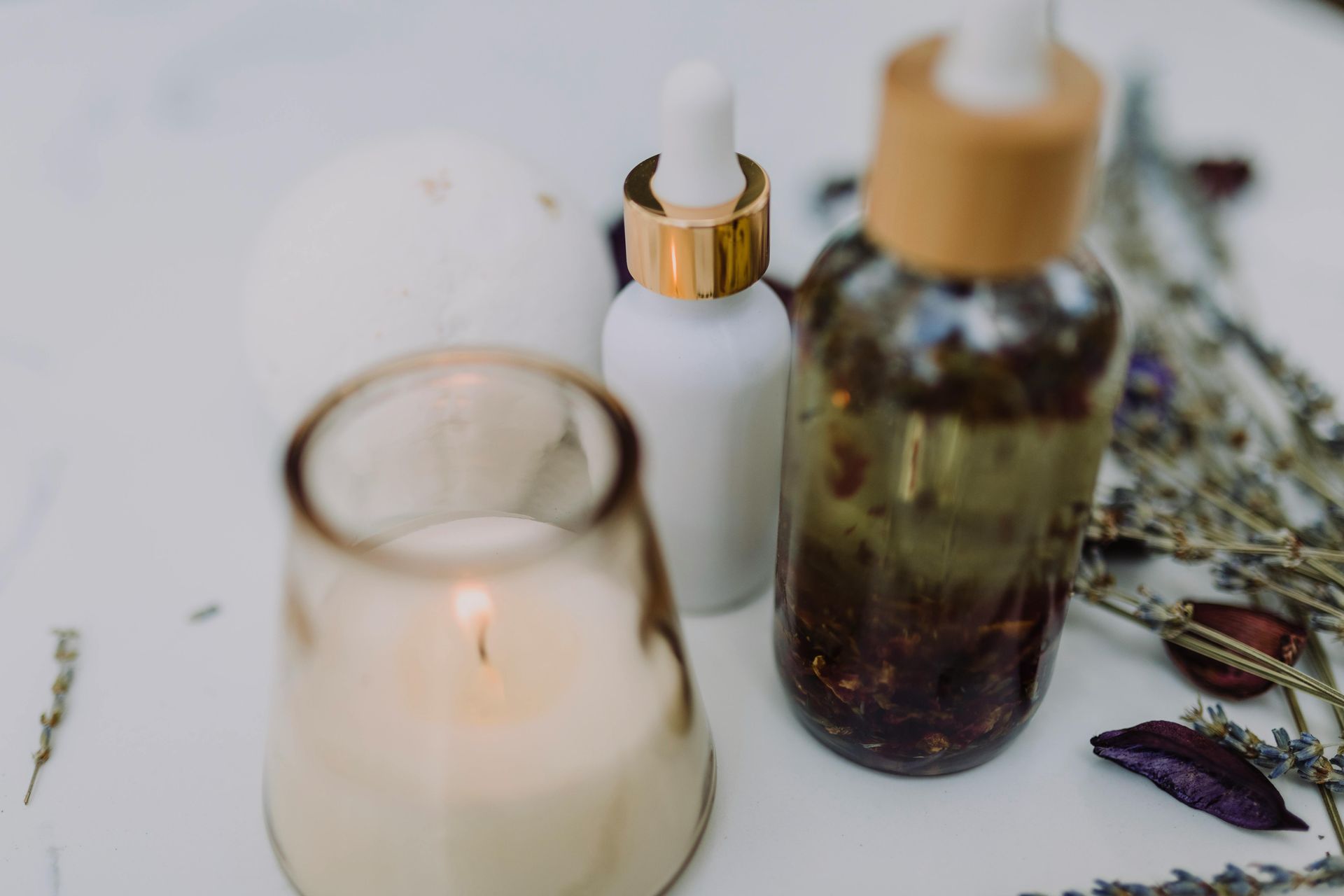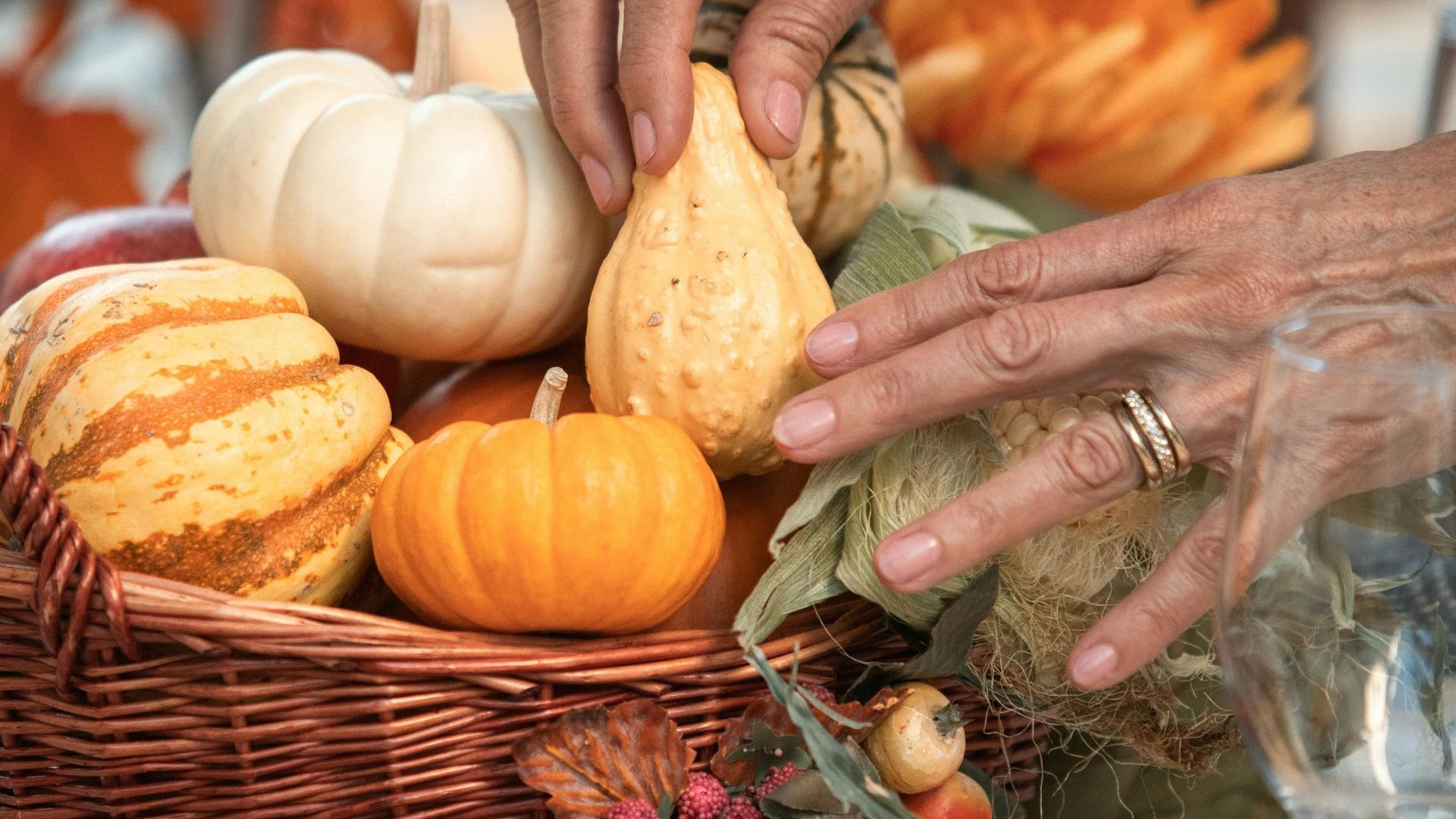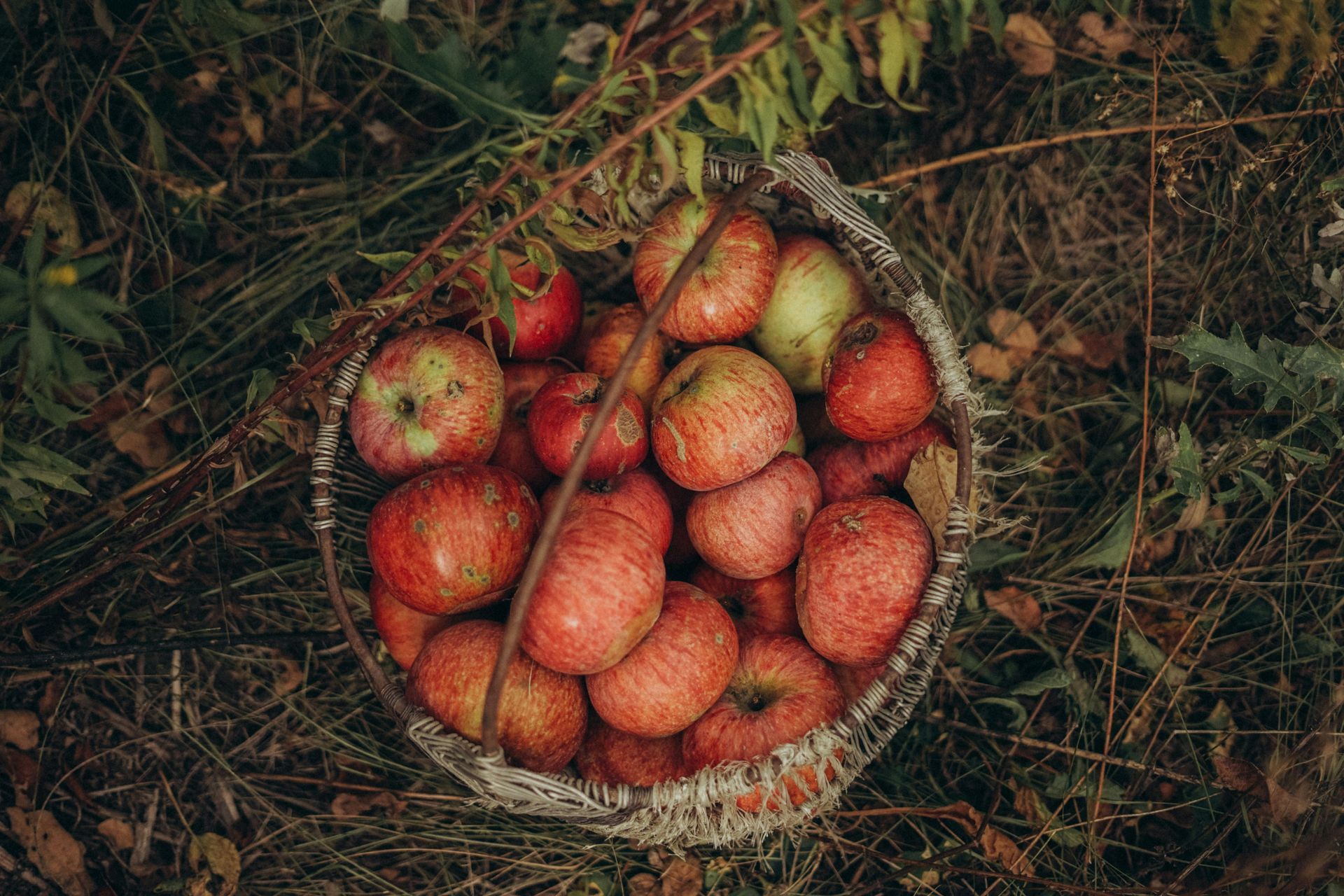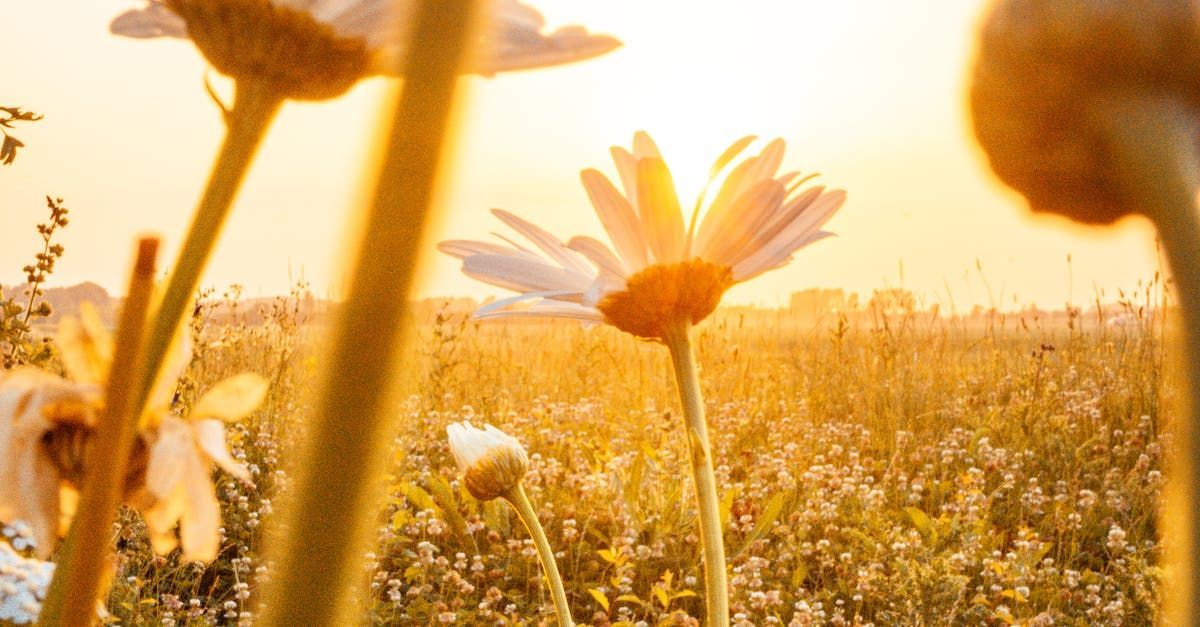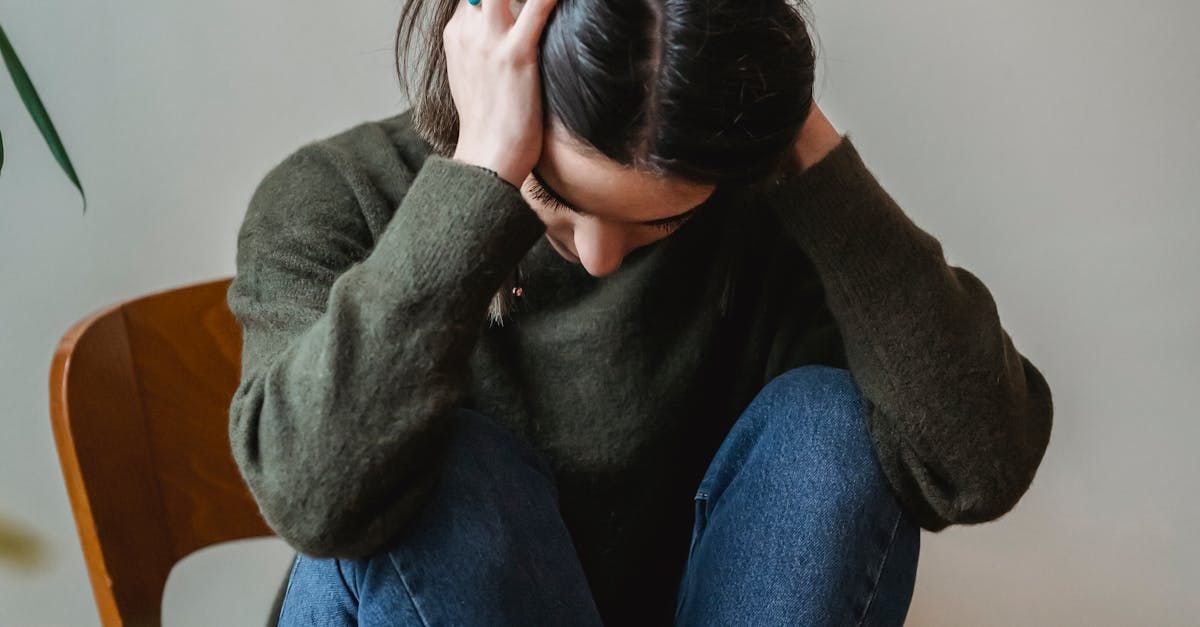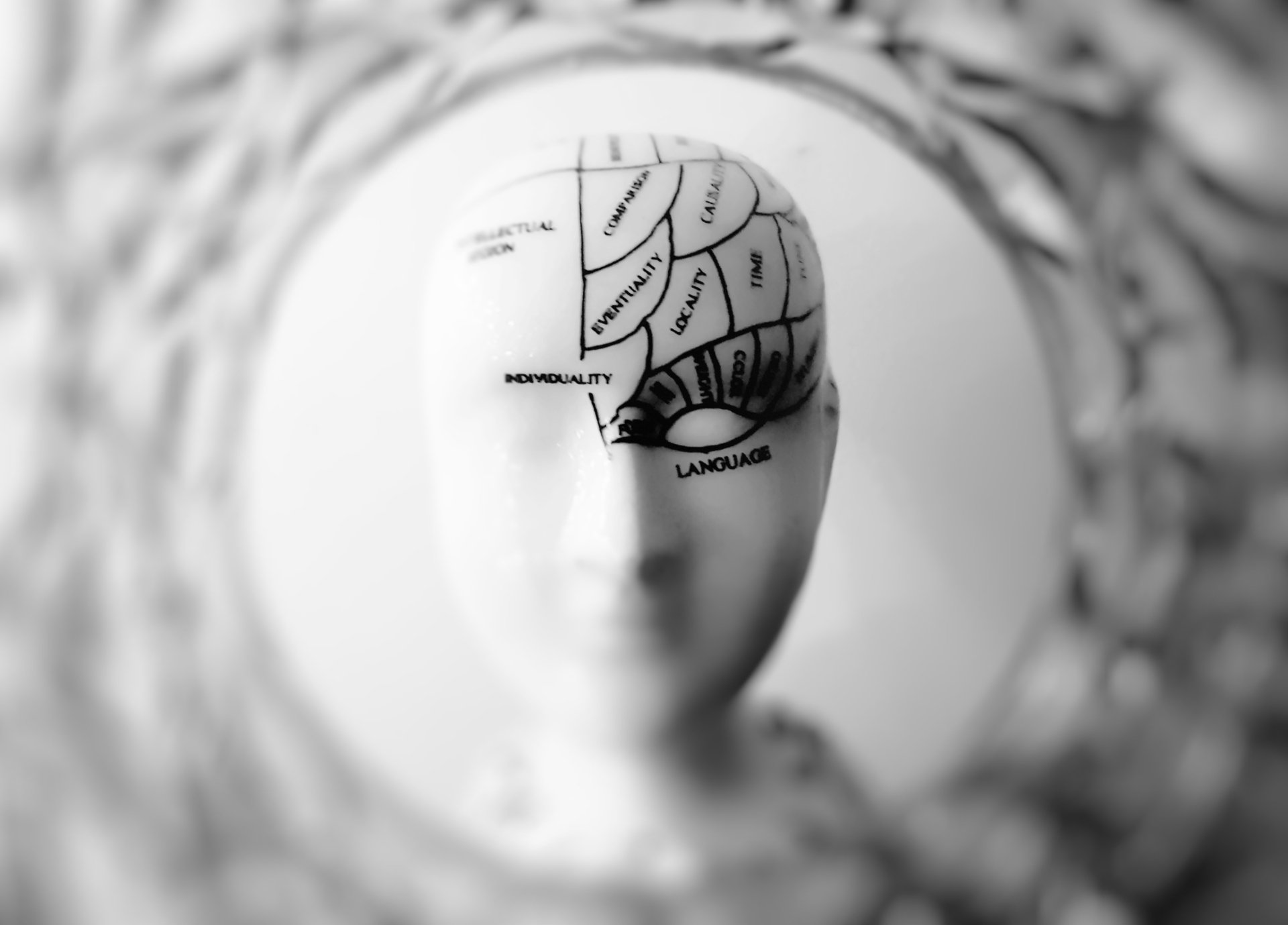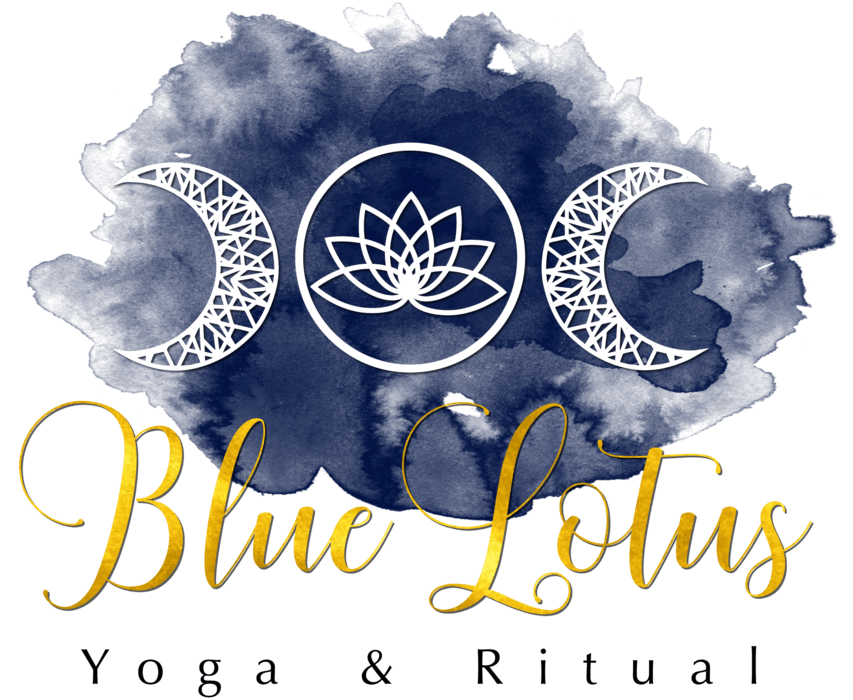New Moon Ritual for Intuition

Connect to your magic!
In class this week we have been working with practices that align us to this Friday's (15th) New Moon In Virgo.
The new or dark moon is traditionally the time for introspection. An opportunity to move into the dark within and receive the magic and wisdom that resides there.
Virgo is the earth sign of the Goddess and the Divine Feminine
which brings the energies of great discernment, intuition and allows us to discover our innate power and the gifts we were born to share.
Of course, we may or may not know what those gifts look like but we most certainly know when we're not aligned with that power or when we are not living it's truth.
We might feel that internal nagging from our hearts wisdom, like we're yearning for something more or different from the life we're living.
The new moon is the perfect time to stand at that crossroads and set new intentions for changing the course.
This Virgo moon gives us the choice to decide... Do we continue living life as it is now and perhaps never really discover our potential or do we listen in, do the work of self discovery and align truly with our hearts desire.
In doing the latter we also are more likely to be able to rest in our worthiness rather than the mind set of 'not being enough'
or totally satisfied with the life we are creating.
Here's a short ritual that you can work with through this new moon cycle (Thursday through Saturday)
that will help you connect to your powers of intuition which you can trust to guide you at this crossroads place:
- Create some quiet sacred space where you wont be disturbed. You can adorn it with nice smelling essential oils, flowers, crystals, images that evoke happiness for you, anything really that resonates with the energy of love, confidence and trust
- Light a candle or burn incense if you'd like to begin your ritual in this way
- From a tarot deck chose a card that corresponds to your intuition (The High Priestess is generally my go-to, but other cards that speak to intuition are any of the Queens or Aces, the Star, the Fool, the Empress, the Hierophant, the Chariot, the Hermit, the Hanged Man or the Moon) Just choose one that you're really attracted to.
- As you hold and look at the card get clear about what this ritual can help you with. What do you need to know as you sit in this dark moon energy? Turn this enquiry into an open ended question.
- Get relaxed in your body...perhaps a body scan to relax any holding of nervous tension. Close your eyes for a few minutes and focus on your breath. Let your breath flow with ease and simply observe the ebb and flow.
- Pick up the card, open your eyes and really take in the image. What do you love about it? This is what you love about yourself. What qualities does it embody for you? These are your qualities too. Trust this truth. Trust your intuition
- Place the card in front of you and close your eyes again. Come back to your breath. Silently ask your question of the universe that you created earlier. Invite in any messages. Listen inwards. They may well come as words, sensations, a whole mind movie or feelings. Sit and listen. If nothing arises, don't panic!!!! Simply repeat your question and keep listening. Do this until you feel the energy shift a little.
- Thank the energies of this card and the universe for her guidance. Know that you are now carrying the energies of that card and trust that this intuitive power will guide you to align with your hearts calling.
& So it is xxx
